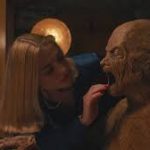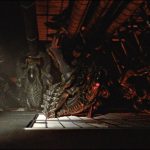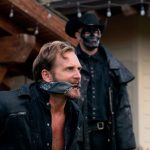🎬 The Godfather Part III (1990)
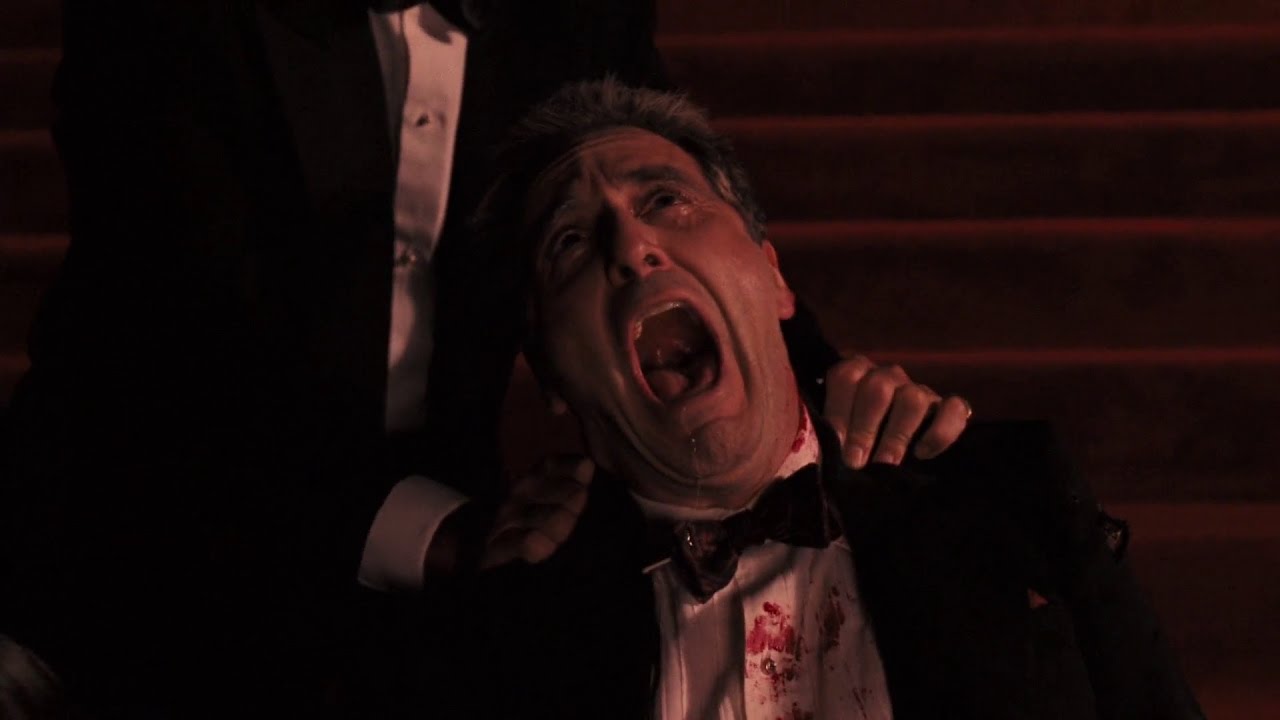
The Godfather Part III (1990) Review: A Controversial Closure to a Legendary Saga
The Godfather Part III (1990), directed by Francis Ford Coppola, marks the final chapter in the Godfather trilogy. While it stands in the shadow of its legendary predecessors, this film provides a reflective and emotional conclusion to the Corleone family’s saga. Featuring Al Pacino as Michael Corleone and a supporting cast that includes Diane Keaton, Talia Shire, and Andy García, The Godfather Part III explores themes of redemption, legacy, and the cost of power.
Though often criticized upon its release, particularly when compared to The Godfather (1972) and The Godfather Part II (1974), this installment has gained appreciation over time for its operatic tone and nuanced storytelling.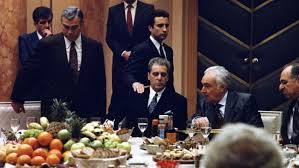
Plot Overview: Michael Corleone’s Struggle for Redemption
Set in 1979, The Godfather Part III finds Michael Corleone in his later years, seeking to legitimize the Corleone family’s vast fortune and leave the world of organized crime behind. Haunted by the sins of his past, Michael strives to secure a future free of violence for his family. He sets his sights on a deal with the Vatican Bank, hoping that this act of goodwill will cleanse his soul and cement his legacy as a legitimate businessman.
However, his efforts are thwarted by betrayal, greed, and the darker elements of his past. The introduction of Vincent Mancini (Andy García), the fiery and ambitious illegitimate son of Sonny Corleone, adds complexity to the narrative. As Vincent rises to power within the Corleone family, Michael must grapple with his own mortality and the moral compromises that have defined his life.
The film builds toward a climactic opera sequence in Palermo, Italy, where Michael’s attempts to reconcile his past with his present culminate in tragedy.
Al Pacino: A Masterful Performance of a Haunted Man
Al Pacino delivers a deeply layered performance as Michael Corleone, portraying a man burdened by guilt, regret, and a desire for redemption. Pacino expertly captures Michael’s transformation from a ruthless mob boss to a frail, reflective patriarch. His portrayal of internal conflict—torn between his love for his family and the violent empire he built—anchors the film emotionally.
Memorable scenes, such as Michael’s confessional moment in the Vatican, showcase Pacino’s ability to convey vulnerability and remorse. These moments humanize Michael, making him a tragic figure who, despite his power, is ultimately unable to escape the consequences of his choices.
Andy García’s Fiery Turn as Vincent Mancini
Andy García’s portrayal of Vincent Mancini is one of the standout aspects of The Godfather Part III. As a brash and passionate character, Vincent embodies the younger generation of the Corleone family. His raw energy contrasts sharply with Michael’s measured demeanor, creating a compelling dynamic between the two characters.
Vincent’s rise to power serves as both a continuation of the Corleone legacy and a cautionary tale about the seductive nature of power. García’s performance earned him an Academy Award nomination for Best Supporting Actor, solidifying his role as a memorable addition to the series.
Themes of Redemption and Legacy
The Godfather Part III delves deeply into the themes of redemption and legacy, examining whether it’s possible to escape the sins of the past. Michael’s pursuit of legitimacy and his strained relationships with his children, particularly his daughter Mary (played by Sofia Coppola), highlight his desperate desire for atonement.
The film also explores the cyclical nature of power and violence, as Vincent’s ascent mirrors Michael’s own journey in the earlier films. This parallel underscores the inevitability of corruption within the Corleone family, despite Michael’s best efforts to break free from it.
Francis Ford Coppola’s Direction: A Mixed Bag
Francis Ford Coppola’s direction in The Godfather Part III is both ambitious and uneven. The film’s operatic tone and grand set pieces, particularly the climactic opera sequence, showcase Coppola’s skill in blending drama with visual storytelling. The use of symbolism, such as Michael’s struggles with diabetes as a metaphor for his moral decay, adds depth to the narrative.
However, the film suffers from pacing issues and occasionally clunky dialogue. The absence of Robert Duvall as Tom Hagen, due to a salary dispute, leaves a noticeable void in the story. Additionally, Sofia Coppola’s performance as Mary Corleone, though heartfelt, was widely criticized for its lack of polish and emotional depth.
Despite these flaws, the film succeeds in delivering a poignant and tragic conclusion to the trilogy, emphasizing the personal cost of power and ambition.
Iconic Moments and Cinematic Highlights
- The Confession Scene: Michael’s confession to Cardinal Lamberto is a powerful moment, revealing his deep remorse for ordering his brother Fredo’s murder in The Godfather Part II. This scene humanizes Michael and underscores his internal torment.
- The Opera Sequence: The film’s climax, set against a performance of Cavalleria Rusticana, is a masterclass in tension and tragedy. The juxtaposition of the opera’s dramatic music with the unfolding violence creates a hauntingly beautiful finale.
- Michael’s Final Scene: The closing shot of an elderly Michael sitting alone in a Sicilian villa, followed by his silent collapse, encapsulates the tragedy of his life. It is a somber and fitting end to his character arc.
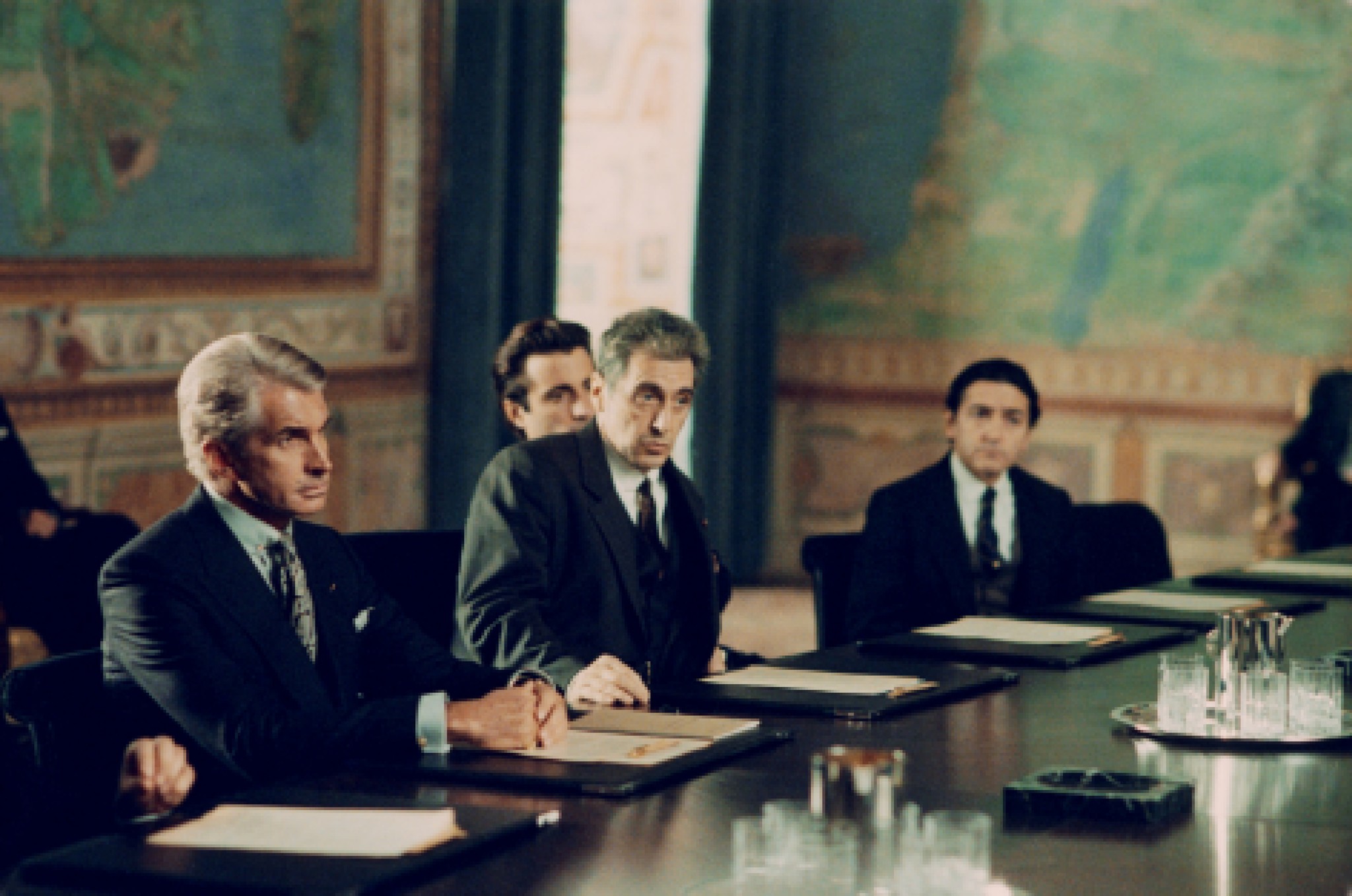
Critical Reception: Polarizing Yet Poignant
Upon its release, The Godfather Part III received mixed reviews, with many critics comparing it unfavorably to its predecessors. However, it was still nominated for seven Academy Awards, including Best Picture, Best Director, and Best Actor for Al Pacino.
- Roger Ebert gave the film 3.5 out of 4 stars, noting that while it didn’t reach the heights of the first two films, it was “worthy and ambitious.” (rogerebert.com)
- The New York Times praised Pacino’s performance but criticized the film’s uneven pacing and Sofia Coppola’s acting. (nytimes.com)
- Over time, the film has garnered more appreciation for its thematic depth and operatic scope, with some fans even considering it an underrated entry in the trilogy.
Restoration and Reappraisal: Mario Puzo’s The Godfather, Coda: The Death of Michael Corleone
In 2020, Francis Ford Coppola released a re-edited version of the film titled Mario Puzo’s The Godfather, Coda: The Death of Michael Corleone. This version features a revised opening and ending, as well as tightened pacing and improved narrative clarity. It has been praised for offering a more cohesive and satisfying conclusion to the trilogy.
Final Thoughts: A Flawed but Fitting Conclusion
The Godfather Part III may not achieve the cinematic perfection of its predecessors, but it remains a compelling and emotional conclusion to one of cinema’s greatest sagas. With strong performances from Al Pacino and Andy García, poignant themes of redemption and legacy, and Coppola’s ambitious direction, the film offers a reflective and tragic exploration of power and its consequences.
For fans of the Godfather series, Part III is an essential watch that brings closure to Michael Corleone’s journey. While imperfect, it serves as a reminder of the personal cost of ambition and the inescapable weight of the past.
